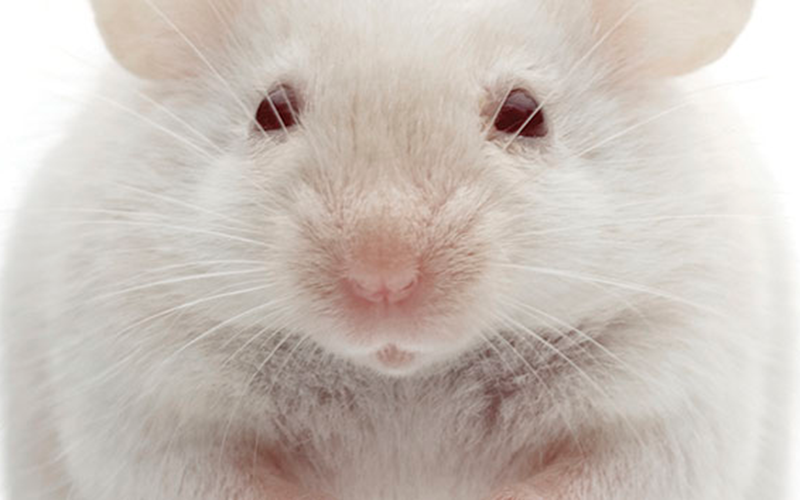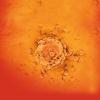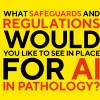More than 200 scientists have signed up to a tissue-sharing database designed to reduce the number of animals needed for biomedical research.

SEARCHBreast, led by the University of Leeds, allows breast cancer researchers across the world to search for remaining mouse tissue from previous experiments.
Project leader, Professor Valerie Speirs, said: “As scientists, we are always looking for ways to reduce the number of live animals we use in research.
SEARCHBreast brings together those who need animal tissue and those who are holding it in their archives.
“Most scientists are willing to share this material and it makes ethical, economic, and academic sense to do that.” It is run in collaboration with the Barts Cancer Institute, the University of Sheffield, Cancer Research UK and the Beatson Institute at the University of Glasgow.




